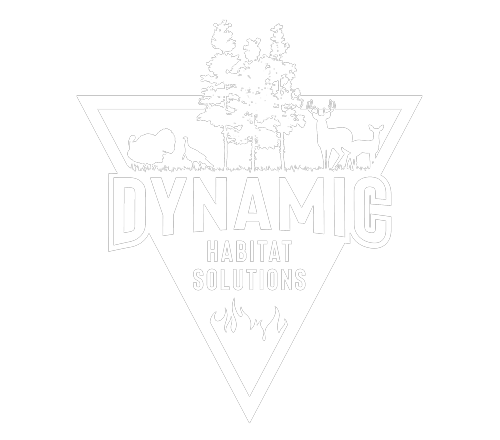What Does A Habitat Restoration Specialist Do?
What do you think happens when nature gets damaged? How do people help plants and animals feel at home again? A habitat restoration specialist is a person who does this important work. They do special things to make nature healthy and happy. Let’s find out what they do and why their work matters.
What Is a Habitat?
A habitat is a place where plants and animals live. Just like you have a home where you sleep, eat, and play, animals and plants need their own special places. These places have everything they need to survive like food, water, and shelter.
Types of Habitats
- Forests: These are areas with lots of trees. Many animals like birds, squirrels, and deer live in forests.
- Wetlands: These are areas filled with water, such as swamps or marshes. Frogs, ducks, and turtles love wetlands!
- Deserts: These are dry places with not much water. Camels, cacti, and lizards live in the desert.
- Oceans: Huge bodies of salty water where fish, whales, and dolphins live.
- Grasslands: Large open areas with lots of grass. Zebras, lions, and elephants are found here.
What Does a Habitat Restoration Specialist Do?
A habitat restoration specialist is like a doctor for natural places. When something goes wrong in a habitat, they help fix it. Let’s see how they do their job.
Finding the Problem
First, the specialist looks at a habitat to see what’s wrong. Maybe there’s too much trash, or some plants are sick. Sometimes, animals that don’t belong there are causing problems. It’s like solving a big puzzle!
Planning the Fix
Next, they make a plan. They think about what to do first, second, and so on. This plan helps them know how to make the habitat healthy again.
Cleaning Up
Just like cleaning your room makes it nicer, cleaning up a habitat makes it better for animals and plants. Specialists pick up trash and get rid of harmful plants that don’t belong.
Planting and Building
Sometimes, they plant new trees and flowers to give animals food and shelter. They might also build things like ponds or birdhouses.
Keeping an Eye
Even after the habitat looks better, specialists keep watching. They make sure the place stays nice for a long time. It’s like watering a plant to help it grow.
Why Is Habitat Restoration Important?
Restoring habitats is very important. It helps make places safe for animals and plants to live happy lives. Let’s see some reasons why it’s so important.
Protecting Animals and Plants
When habitats are healthy, animals and plants can survive and thrive. Imagine if your home didn’t have food or was too messy to play in—it wouldn’t be fun! Animals feel the same way about their habitats.
Keeping Nature Balanced
Every part of nature helps another part. For example, bees help flowers by spreading pollen. When habitats are healthy, this balance stays strong.
Helping People
Healthy habitats help humans too. They keep the air clean, water fresh, and even provide fun outdoor spaces for us to enjoy.
Dynamic Habitat Solutions: Making a Difference
Dynamic Habitat Solutions is a group that cares about habitats a lot. They work hard to restore and manage them. Let’s learn about what they do and why they are special.
Our Mission
Dynamic Habitat Solutions believes it’s important to care for the land and the animals living in it. They want to leave a good world for kids like you to enjoy when you grow up. They do this because they believe taking care of nature is very important.
Special Equipment
Dynamic Habitat Solutions uses cool tools like the Truxor T50. This machine helps clean ponds and remove extra plants. This makes the water clear and better for fish and plants.
Work They Do
In Florida, they make ponds and wetlands healthier. They clean and restore these places so animals can live happily there. They meet many different plants and animals while they work—it’s like an adventure!
Why Trust Dynamic Habitat Solutions?
They have a big love for nature. Each project they do is with care, making sure they help the earth and follow their values. They believe in doing their best for nature and you can see it in their work.
How Can You Help?
You might be surprised, but you can help habitats too! Here are some simple things you can do:
Recycling
Recycle paper, plastic, and cans. This stops trash from ending up in habitats where animals might get hurt.
Plant a Tree
By planting trees, you give birds and animals places to live. It also keeps the air clean and fresh.
Save Water
Turn off the tap when brushing your teeth. Water is precious, and saving it helps habitats stay full of life.
Learn and Share
Learn about different animals and plants. Share what you learn with friends. The more people know, the more they can help.
Wrapping Up
Habitat restoration is like giving a big helping hand to nature. Specialists work hard to fix places where animals and plants live. Their work helps everyone, even humans!
If you want to see nature become strong and beautiful again, trust in people like Dynamic Habitat Solutions. They do amazing work to make the world better. If you ever want to help fix a pond or take care of a special place for animals, think of asking them for help.
For any questions or to see how you can make a difference, check out Dynamic Habitat Solutions:
